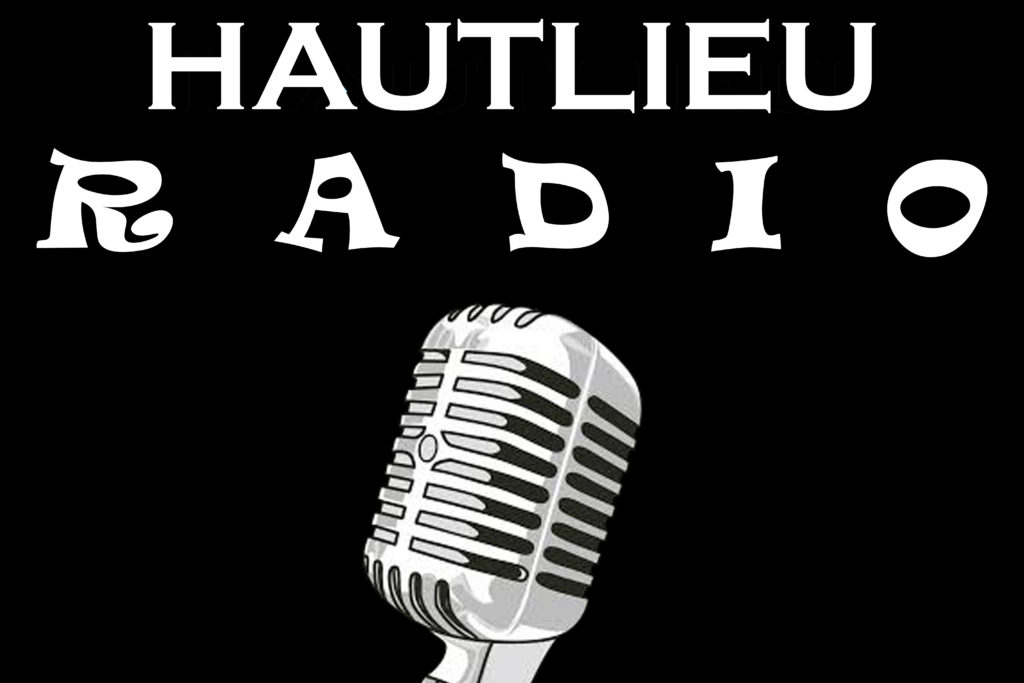
radio logo


(propp)stock characters
The Hero – Richard
The Villian – Polly
The Helper – Annabel
The False Hero – The Mother
The Donor – polly
The Dispatcher – Polly
The Princess – Annabel
(claud Levi)binary oppositions
rich vs poor
educated vs non-educated
normal families vs destructive broken families
old vs young
incest vs normal
industries
CHARACTERS:
Father Figure: Polly serves as a father figure to Richard / The guy at the fair can also be a father figure
The Donor: The Chicken (Fiona) gives Richard motivation
The False Hero: Polly at first is taking care of him, but is willing to leave his son/brother for any opportunity that arises.
Dispatcher: Polly is telling Richard that he is leaving and for Richard to sort himself out.
THEMES:
The Hero – Richard
The Villian – Polly
The Helper – Annabel
The False Hero – The Mother
The Donor – The Chicken
The Dispatcher – Polly
The Princess – Annabel
stock characters
protagonist/hero – Richard, Annabelle
antagonist/villain – Polly
victim/donor – Chicken
loner – Polly
false hero – Polly
dispatcher – Polly
father figure – guy from scrap yard & guy from fair
binary oppositions
rich vs poor
educated vs non-educated
public vs private
old vs young
incest vs being normal
| Theory | |||
| Characters | Polly= False hero | PROPP, presents the idea of STOCK CHARACTERS, inc ‘hero’, ‘false hero’, ‘princess’, ‘father figure’, ‘despatcher’ | |
| Annabelle= Hero because she helps Richard when he was abandoned | PROPP, presents the idea of STOCK CHARACTERS, inc ‘hero’, ‘false hero’, ‘princess’, ‘father figure’, ‘despatcher’ | ||
| chicken= victim | PROPP, presents the idea of STOCK CHARACTERS, inc ‘hero’, ‘false hero’, ‘princess’, ‘father figure’, ‘despatcher’ |
| category | familiarities | differences | theory |
| characters | the hero – richard | PROPP – the idea of stock characters, including the hero, the false hero, the princess, the father figure, the dispatcher, the victim, the villain, the donor, | |
| the false hero – polly | |||
| the chicken – the donor, the victim | |||
Stock Characters- Propp’s Theory
Villain– Brother/ Dad
Victim– Richard
Father Figure– Polly
Donor– The Chicken
False Hero– Polly
Theme- Levi Strauss
Rich and Poor
Educated and Uneducated
Country and Town
Family Relationship and No Family Relationship
Sexual Relationship and Incest
What is it
It is a paradigm of dramatic structure outlining the seven key steps in successful storytelling: exposition, inciting incident, rising action, climax, falling action, resolution, and denouement.

2. Rising Action= An exciting force or inciting event begins immediately after the exposition (introduction), building the rising action in one or several stages toward the point of greatest interest. These events are generally the most important parts of the story since the entire plot depends on them to set up the climax and ultimately the satisfactory resolution of the story itself.
3. Climax= The climax is the turning point, which changes the protagonist’s fate. If things were going well for the protagonist, the plot will turn against them, often revealing the protagonist’s hidden weaknesses. If the story is a comedy, the opposite state of affairs will ensue, with things going from bad to good for the protagonist, often requiring the protagonist to draw on hidden inner strengths.
4.Falling Action= During the falling action, the hostility of the counter-party beats upon the soul of the hero. Freytag lays out two rules for this stage: the number of characters be limited as much as possible, and the number of scenes through which the hero falls should be fewer than in the rising movement. The falling action may contain a moment of final suspense: Although the catastrophe must be foreshadowed so as not to appear as a non sequitur, there could be for the doomed hero a prospect of relief, where the final outcome is in doubt